Calculating The Area Of A Parallelogram
A parallelogram is a 4-sided shape formed by two pairs of parallel lines. Opposite sides are equal in length and opposite angles are equal in measure. To find the area of a parallelogram, multiply the base by the height. The formula is:
A = b x h
where,
A- area in square meter.
B- base in meter.
H- Height in meter.
The base and height of a parallelogram must be perpendicular. However, the lateral sides (L) of a parallelogram are not perpendicular to the base.
FOR EXAMPLE:
-Find the area of a parallelogram with a base of 28 inch and a height of 24 inch with a lateral side length of 31 inch.
Solution:
A = b x h
= 28 x 24
= 672 inch square.
This can be used to find out the area of parallelogram with any dimension.





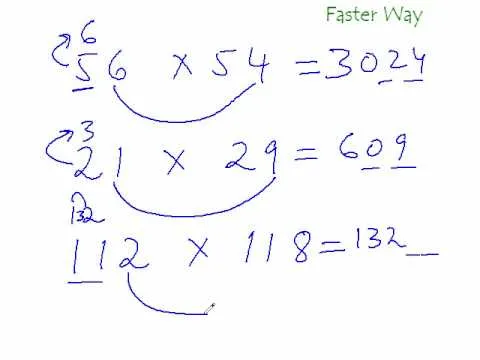
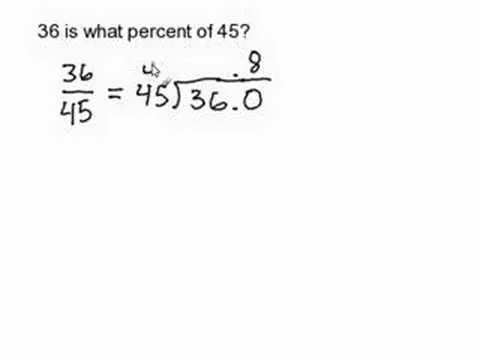
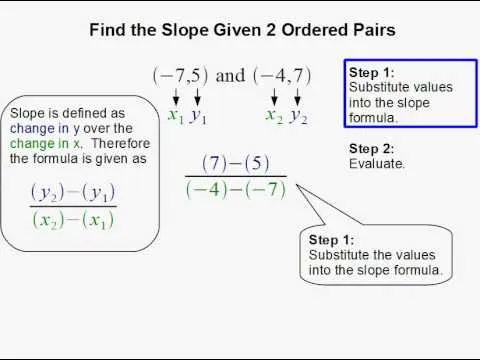












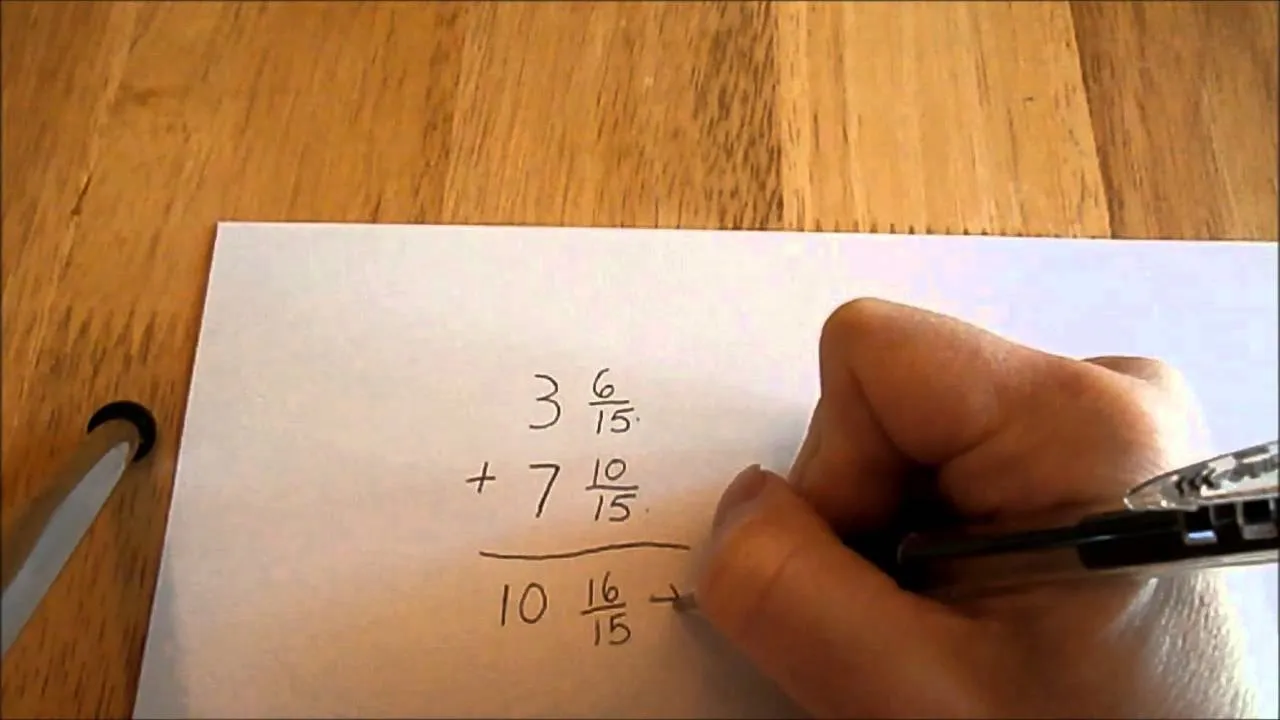

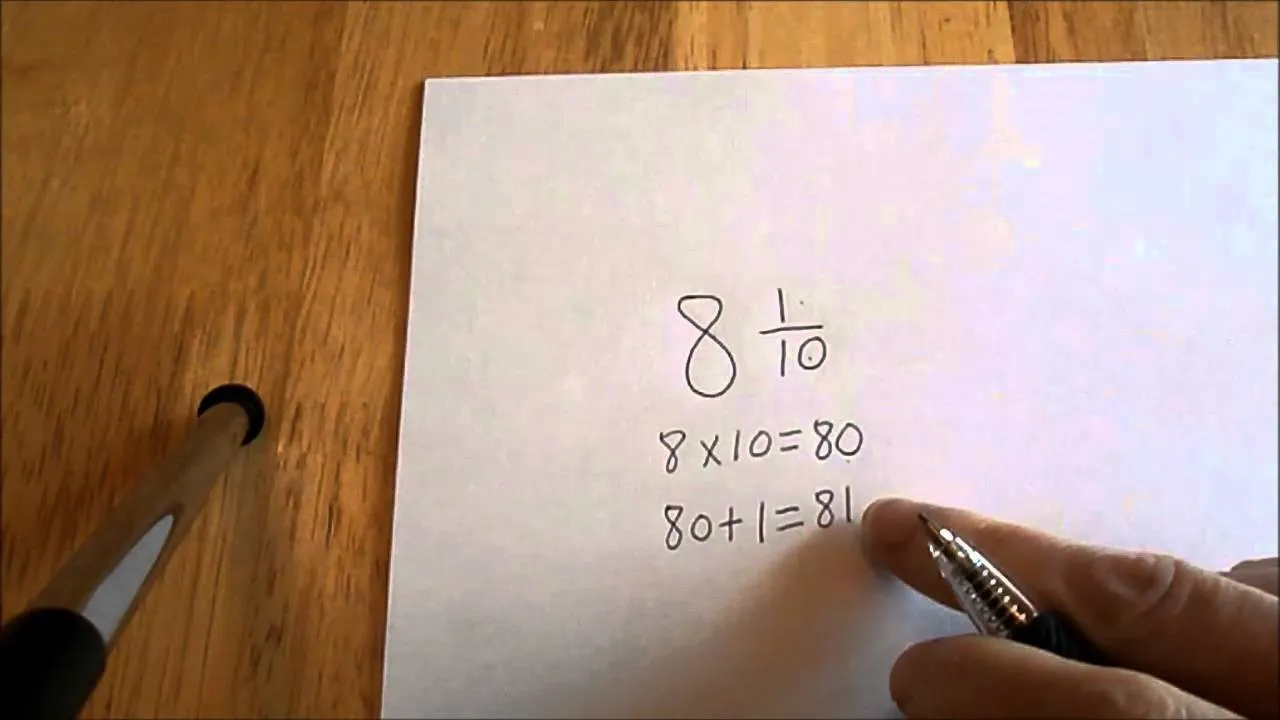


Comments
Be the first, drop a comment!